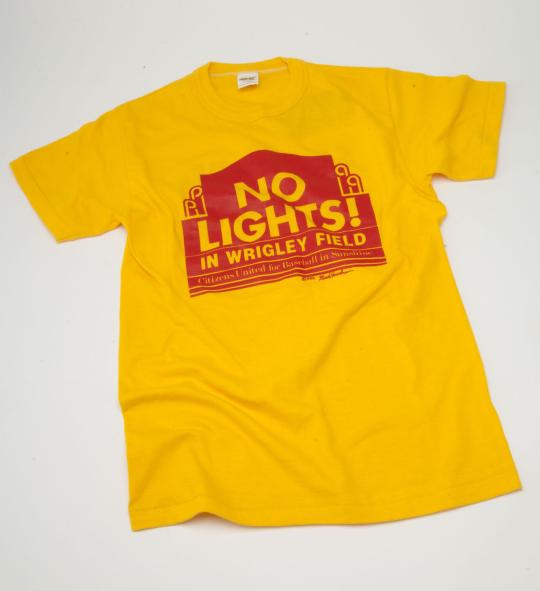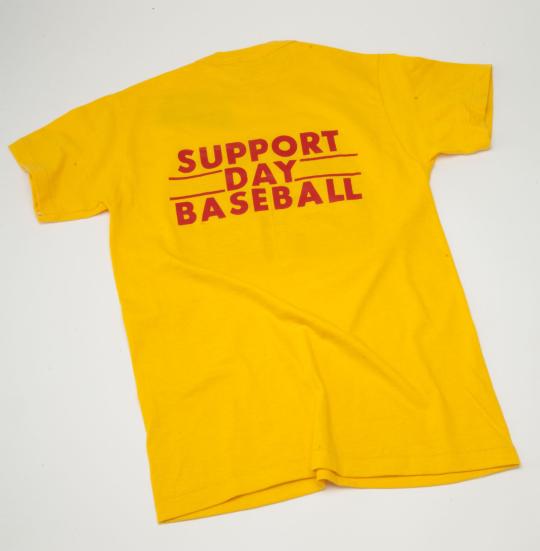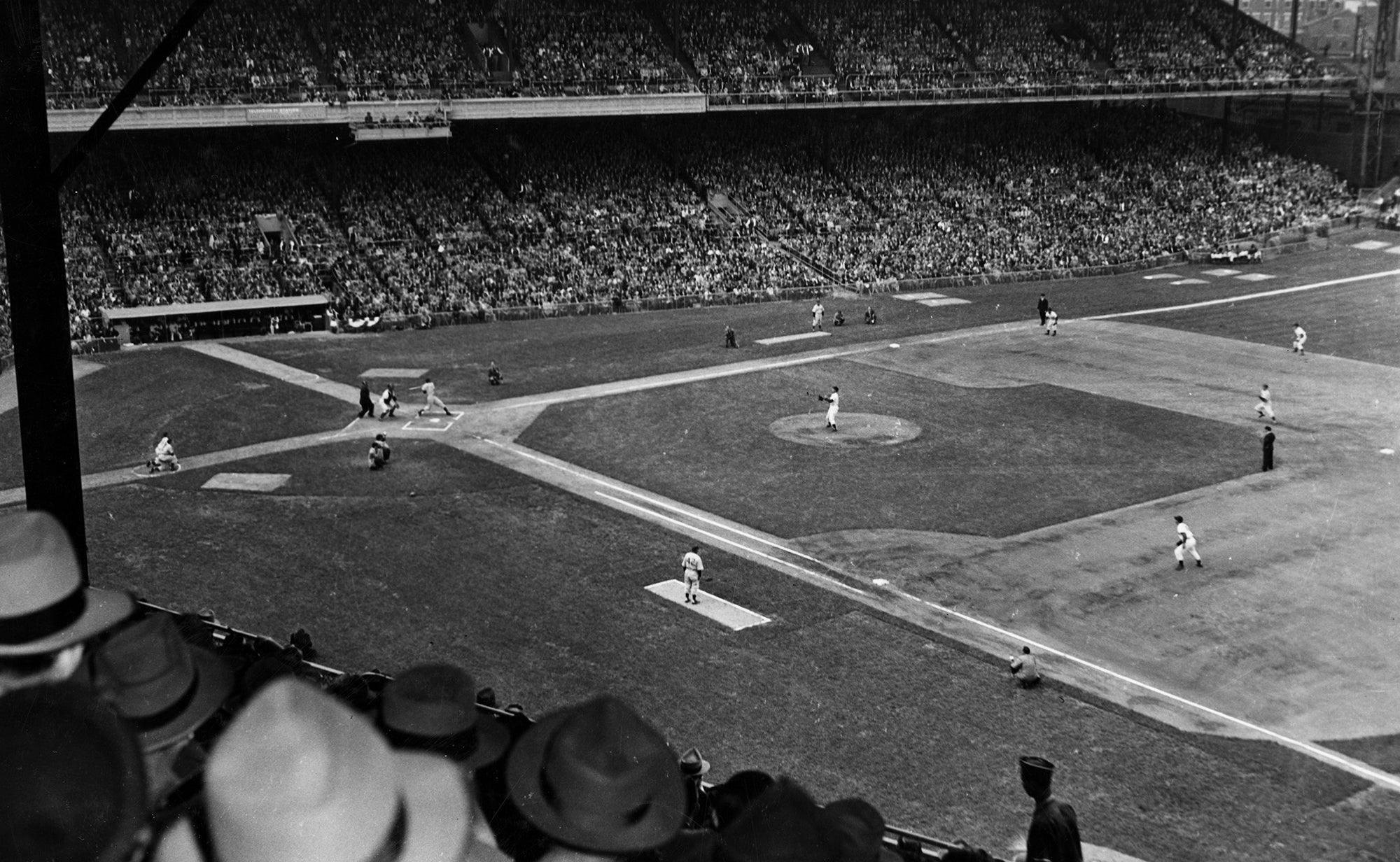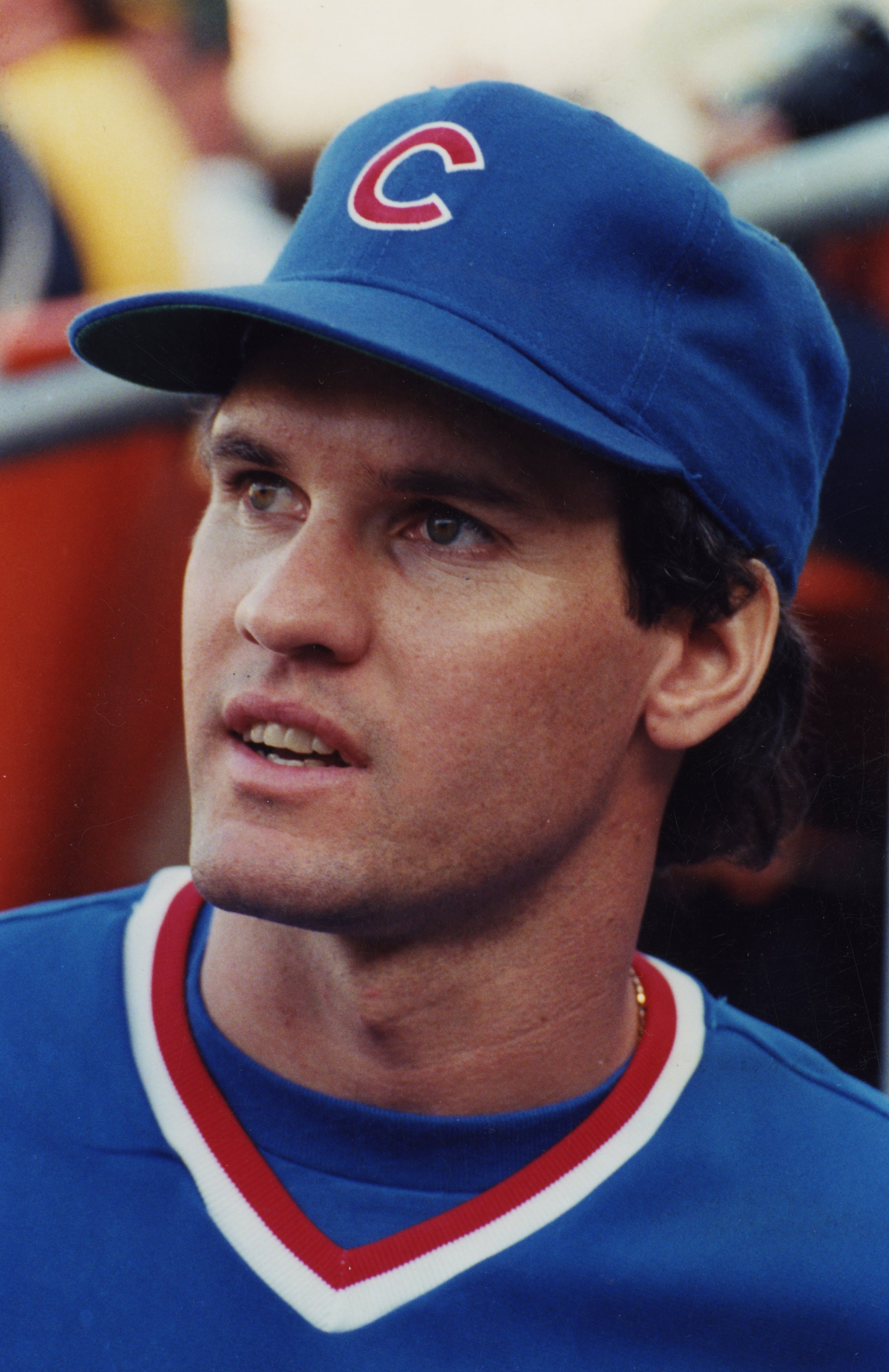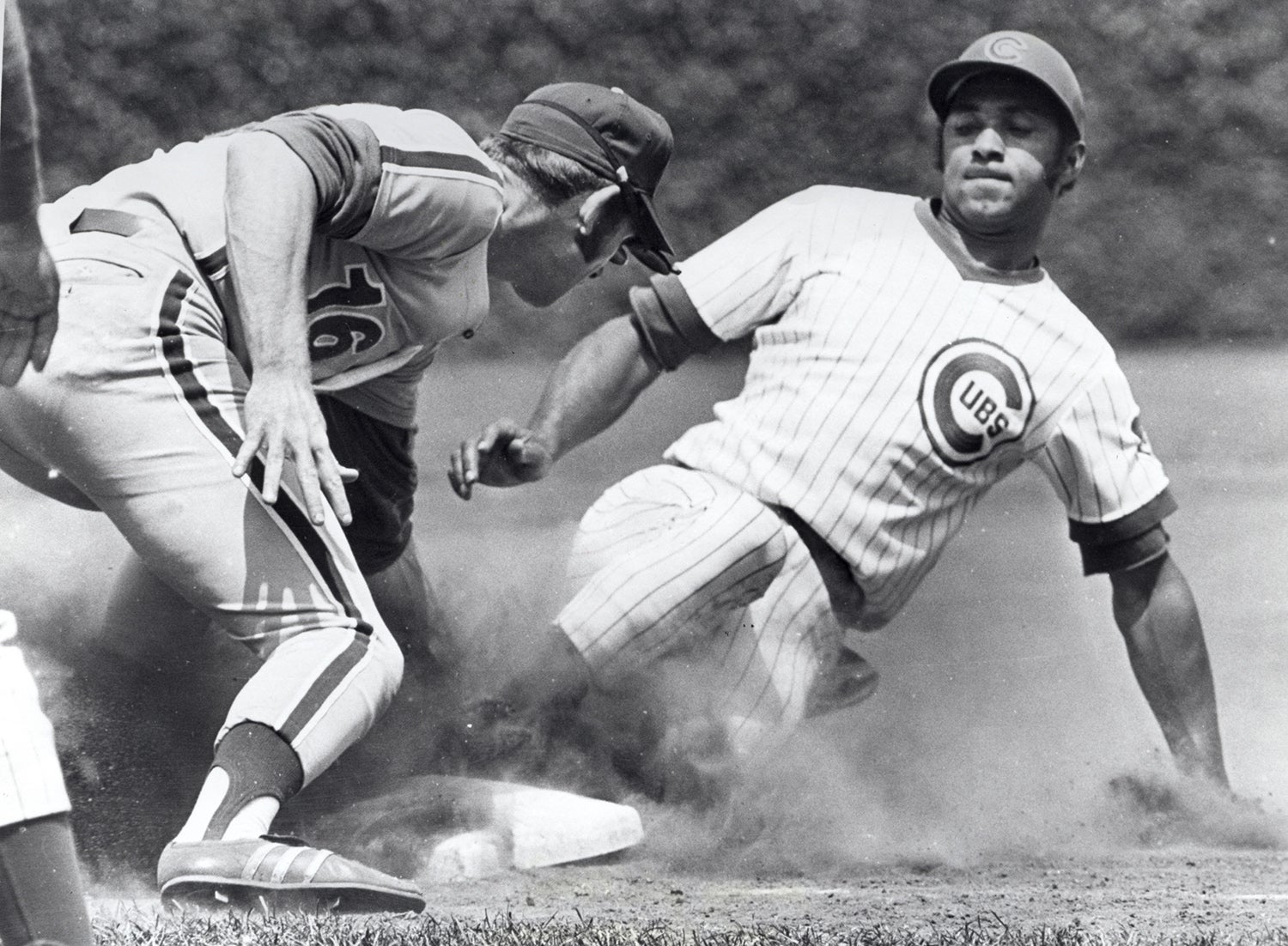#Shortstops: Light Comes to Wrigley Field
On Aug. 8, 1988 – 40 years after the Detroit Tigers became the penultimate team to install lights at their stadium – the lights came on at Wrigley Field.
The process of illuminating the historic stadium was not an easy one. Despite decades having passed since the rest of the league began playing night games, many people still opposed the decision to start playing under the lights at Wrigley.
In the 1930s, when the first stadiums began installing lights, then-Cubs owner Phillip Wrigley resisted doing the same at Wrigley Field. The ballpark is in the heart of Lakeview, a residential Chicago neighborhood, and residents feared night games would bring nuisances like excessive noise, public drunkenness and increased vandalism to the area.
Once the Tribune Company purchased the Cubs in 1981, the new owners began exploring the possibility of hosting night games at Wrigley Field. But they were met with almost immediate opposition from a new community organization called C.U.B.S. (Citizens United for Baseball in Sunshine), which fought against the installation of lights at Wrigley, warning it would be detrimental to their neighborhood.
The group created T-shirts to publicize its message, one of which is preserved in the National Baseball Hall of Fame and Museum’s collection. The yellow T-shirt reads, “No Lights! In Wrigley Field / Citizens United for Baseball in Sunshine” on the front, and “Support Day Baseball,” across the back.
The lights went on that night at 6:09 p.m. However, since rain postponed the game after 3½ innings, the first official night game was not completed until the following night, when the Cubs defeated the New York Mets 6-4. And while C.U.B.S. ultimately failed to keep lights out of Wrigley Field, they didn’t see their efforts as a complete failure. "One of the reasons Wrigley Field has remained, and is as popular as it is, is that we made it a worldwide icon based on sunshine and green," Charlotte Newfeld, chairwoman of C.U.B.S., told the Chicago Tribune in 2014. "It was that campaign on 'No Lights' that did it."
Janey Murray was the digital content specialist at the National Baseball Hall of Fame and Museum

